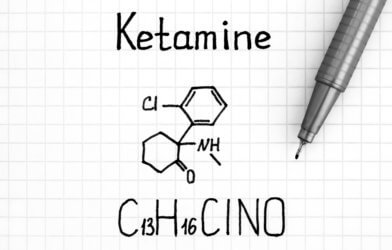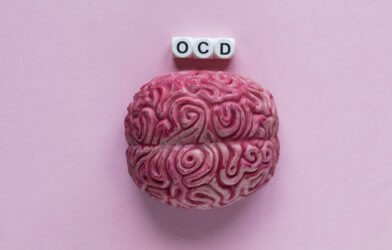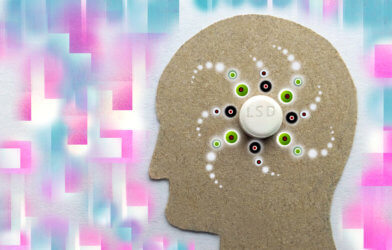Ketamine was first synthesized in the 1960s, intended for use as an anesthetic in animals and humans. It is hallucinogenic and causes amnesia of events during the time it is in effect. Ketamine is a controlled substance, sought-after for recreational use and commanding a high price on the streets. There are many street names, including “Kit Kat,” “Special K,” and “Super Acid.” Ketamine is not a benign substance and can be deadly. There is currently a surge of interest in it as an antidepressant. This article describes some of the research being done on the drug’s characteristics and potential uses.
Anyone who may be exposed to ketamine for any reason should be educated before use. A thorough discussion of the drug is beyond the scope of this article. See the drug fact sheet, issued by the United States Drug Enforcement Agency (DEA), Drug Fact Sheet: Ketamine.
Ketamine is an anesthetic and increasingly popular antidepressant. It dramatically disrupts and reorganizes activity in the brain, as if a “switch” had been flipped on its active circuits, according to a new study done at the Perelman School of Medicine, University of Pennsylvania. Researchers report abrupt changes in neuronal activity patterns in the cerebral cortex of animals after ketamine administration. Normally active neurons were subdued. Normally inactive neurons were suddenly active.
“Our surprising results reveal two distinct populations of cortical neurons, one engaged in normal awake brain function, the other linked to the ketamine-induced brain state,” says Dr. Joseph Cichon, MD, PhD, an assistant professor of Anesthesiology and Critical Care, in a statement. “It’s possible that this new network induced by ketamine enables dreams, hypnosis, or some type of unconscious state. And if that is determined to be true, this could also signal that it is the place where ketamine’s therapeutic effects take place.”
One of ketamine’s unique characteristics is that, while under the drug’s influence, some of the cortex (surface of the brain) remains active. Most anesthetics work by suppressing all brain activity. The persistent neuronal activities after ketamine administration may be associated with the drug’s antidepressant effects in regions of the brain which are related to depression. It is not known, definitively, how ketamine causes its clinical effects.
The neuronal activity observed was traced to ketamine’s ability to block neuronal junctions — called NMDA receptors, and pathways called HCN channels. The scientists could recreate ketamine’s effects without the drug by inhibiting these specific receptors and channels in the cortex. The ketamine also weakens several sets of inhibitory cortical neurons that suppress other neurons. Under ketamine’s suppression of the inhibitory neurons, neurons which are usually inactive become active.
Additional study is needed to determine whether ketamine’s influence on excitatory and inhibitory neurons is the mechanism causing ketamine’s rapid antidepressant effects.
“While our study directly pertains to basic neuroscience, it does point at the greater potential of ketamine as a quick-acting antidepressant, among other applications,” says Max Kelz, MD, PhD,a distinguished professor of Anesthesiology and vice chair of research in Anesthesiology and Critical Care. “Further research is needed to fully explore this, but the neuronal switch we found also underlies dissociated, hallucinatory states caused by some psychiatric illnesses.”
The study is published in Nature Neuroscience.












